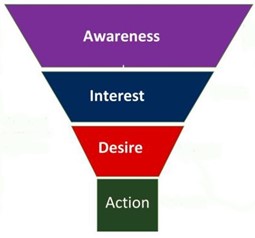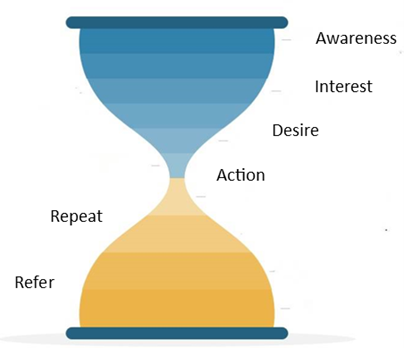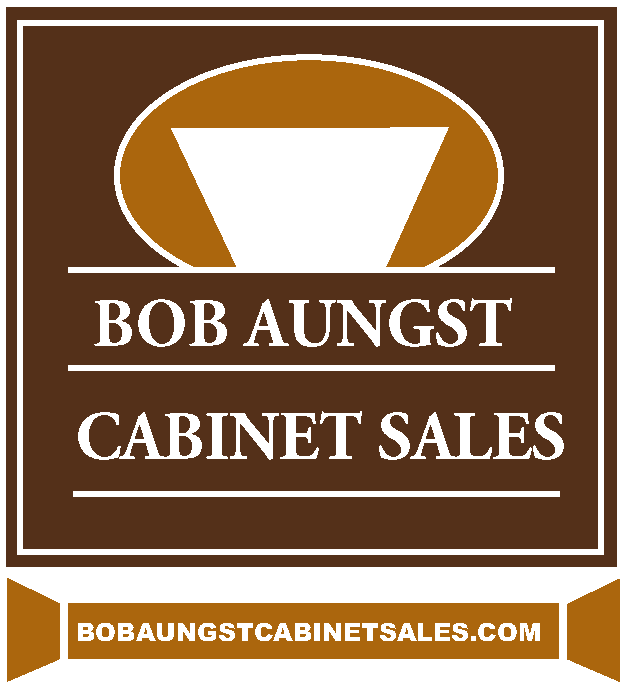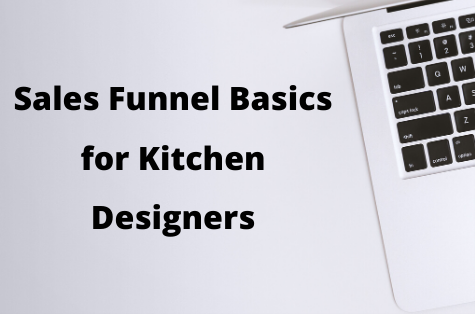The sales funnel is a business tool consisting of a series of steps used to monitor a prospect’s buying journey. It begins with their initial awareness of your business and progresses through to their making a purchase from you. It’s how prospects go from “Who are you?” to “Yes, I’m ready to buy!”

Why a funnel? It’s called a sales funnel because it’s wide at the top and narrow at the bottom, just like a funnel. At the top is every possible person who could be a customer. As this large group proceeds through the sales process, people who aren’t interested drop out, while those who are interested get “funneled” down to the bottom where they ultimately become customers.
The steps of the traditional sales funnel are
- Awareness
- Interest
- Desire
- Action
Modifications to the Sales Funnel for Today's Consumers and 21st Century Buying Habits
To bring the steps in the sales funnel into line with the buying habits of 21st century consumers, “repeat” and “refer” have been added.

John Jantsch, founder of Duct Tape Marketing and a marketing guru for small business, has proposed that the concept of the sales funnel has become outdated. He recommends that the funnel shape should now be an hourglass.
So rather than have customers disappear out the bottom of the funnel when the sale is complete, they should remain in the bottom of the hourglass. And you want to get them to Repeat and Refer, both desired results that occur after a sale is complete.
Stage 1: Awareness
At the top of the hourglass is the Awareness Stage. There are lots of people out there who would love to have you design a kitchen for them. However, the problem is that this audience of potential customers doesn’t know you exist.
At this stage, you’re trying to get the attention of people who don’t know you or your business.
You start to build awareness of your business. Don’t start out by bragging about how great the kitchens are that you’ve designed in the past (even if they are!). However, you want to tell them about the ways that homeowners – just like them – can benefit from having a new kitchen, like more storage, better workflow, room for family gatherings, energy efficient appliances, etc.
This is where your blog articles relating to kitchen design will serve you well. You write blogs to generate awareness of and interest in your products and services. If you optimize the content with the right keywords, people will find your website through organic search. There’s no need to pay for advertising when SEO principles are at work.
Stage 2: Interest
Your awareness-creating tactics have worked – congratulations! Now your prospects have moved into the Interest Stage, and hopefully, they’ve visited your website. Your prospects have expressed interest in your products and services.
If they’re really interested, they’re now following you on social media and have subscribed to your email list. You can engage them further with videos since it’s been proven that people would rather watch a video about a product than read about it.
When prospects are in the Interest phase, they’ve thinking about a problem they’ve been living with that a new kitchen will solve. Now they’re looking on your website for ways to find a solution.

Some ways to keep prospects engaged and moving through the funnel include:
- Email drip campaign
- Product demo videos on your website (keep them short – 30 seconds max)
- YouTube “how to” videos
- Product Style Guides provided by product manufacturers
Stage 3: Desire
To further entice prospects, show them reviews from satisfied customers, before-and-after case studies and testimonials to establish your credibility and demonstrate your talent, experience and trustworthiness.
You can consider providing something free. Such as a free one-time design consult. (Don’t give away any drawings – suggestions only!) You’re offering yourself and your expertise. It’s an opportunity to build rapport by interacting with prospects, answering questions and responding to their feedback.
They will be wondering how your business will work for them. You’re getting buying signals from them – they’re asking about prices, options, terms and conditions, whether you’re available to work with them. They want what you are offering!
It’s time to ask prospects for the sale.
Stage 4: Action
You’re at the bottom of the funnel. Your prospect becomes a customer by finalizing the deal with you. She signs the contract and writes a check.
Hourglass Stage: Repeat
To convert first time customers into repeat customers, you want them to understand the value of doing business with you.
Don’t walk away after the kitchen remodel is complete.
- follow up
- make sure everything works as it should
- help the homeowners complete all warranties, if necessary
- show them where their cabinet finish touch-up kit is and how to use it
- send them flowers, fruit, chocolates or a magazine subscription as a “thank you” gift.
- offer a six-month check-up service to adjust door and drawer soft-close hinges and guides, confirm that doors are hanging correctly, etc. – anything you can think of that will impress the homeowners and reassure them they made the right decision hiring you.
And, of course, when you’re with them again, you can begin to upsell and cross-sell. “Love your new kitchen? Just think what we can do for your bathroom, laundry room, entry way, mudroom, outdoor space, etc.”
Refer Stage: Be Referral-worthy
How do you turn happy customers into referring customers? First of all by creating a great experience — by being referral worthy.
After that, you have to put together a referral process that makes it easy for your customers to refer you and your business.
Consumers today are increasingly influenced by peer reviews. Having those positive reviews online somewhere – on your website, on Houzz.com, on Facebook, on Yelp, on GMB – all increase your SEO ranking and give you stars on Google, so you’re seen by more people when they search for “kitchen designer” or “kitchen remodeler” in your area.
Conclusion
Not everyone converts from “Awareness” to “Action.” Some people drop out, and that’s completely normal. In addition, the same sales funnel will not apply to all customers because every person has a unique problem. They all have different reasons for contracting your services, and they’ll make buying choices in different ways.
But the Sales Hourglass can serve as a guide to monitor your prospects’ progress through their buying journey. Your services have a long sales cycle; it can take months for a final decision to be reached, if you measure from initial awareness to completed kitchen.
The sales funnel / hourglass helps to keep things in focus and make sure none of your hard-won prospects “fall through the cracks.”
Bob Aungst Cabinet Sales is a full-service rep agency with the goal of matching kitchen designers and remodelers with the cabinet manufacturers best suited to their business’ style and clientele. Owner Bob Aungst III represents Brighton Cabinetry, US Cabinet Depot, Integrity Cabinets and StyleCraft Luxury Custom Cabinets.

